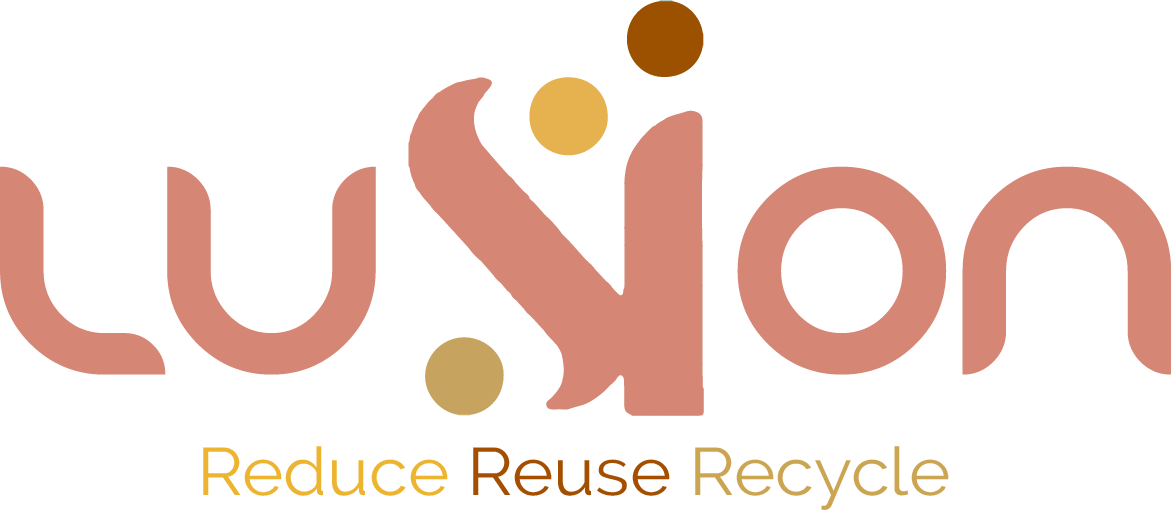From the very first day of our lives, we were surrounded by fabrics, starting from the clothes we wore to the upholstery on furniture and automobiles. But did we know if the choice of fabrics could help or harm? Most fabrics we wear are processed with tonnes of chemicals. On top of that, the shirts and slacks are wrinkle-and stain-resistant. On what note could they help us? Chemically treated synthetic and natural fabrics are a source of toxins that may adversely affect our health and the health of the planet. As we know, the skin is the largest organ in the body that requires the most protection. We are so concerned about how to protect our skin by using moisturisers, sunscreens, and so on. Are these things enough to save our skin? No, the fabrics we use also harm us in many ways, like releasing toxic substances onto our skin.
We live in a material world!!!
While it's admittedly tricky to avoid every fabric that science deems bad for the skin, learning about the hazards of different textiles can help to make better judgments about how often we buy and wear toxic materials. Here are some dug-outs that provide skin-saving information that protects us and the environment. Keep scrolling to find out the worst fabrics for skin and browse attractive pieces made of fabrics that are, on the other hand, ideal for our delicate skin and produced sustainably.
Steer clear of the fabrics that should be avoided:
Not only synthetic fabrics are harmful but also are treated with tons of chemicals for production.
- Polyester: 65% of the fabrics we use are mostly made of polyester. All signs point to polyester being the one worst fabric of all time. The most popular and most used petroleum-based synthetic fabric. Though they combine with the natural blend for wrinkle-resistant they are so harmful to the skin. The release of chemicals from polyester leads us itching, redness, and dermatitis. On the other hand, the shedding of microplastics causes water and landfills. As they are non-biodegradable it takes 200 years to decompose.
- Conventional/vegan leather: Synthetic leather is made from petroleum-based plastics mostly (polyurethane or polyvinyl chloride). Indeed, they are not made from animal hides, but they do considerable damage to the wild animals in the ecosystem. And also takes a decade to decompose. Another side is conventional leather which takes a multistep process to make which release pollutants in the environment
- Cotton: The conventional growing of cotton is bad for the environment causing high water consumption, pollution, green gas emission, soil degradation, and using harmful pesticides. It’s not only bad for the environment and also their production is unethical.
ALTERNATIVES:
- Recycled polyester / Recycled nylon: It is a great way to divert plastic from landfills and also generates fewer CO2 emissions. Both recycled polyester and nylon give the same benefit. Recycled nylon is made from old finishing nets. The only disadvantage they have is they are costly but much research is being done to reduce their costs. Recycled polyester is produced by two types mechanically and chemically where plastic molecules are reformed into yarn. We should remember this too that they are still non-biodegradable and also requires a decade to decompose the microfiber once they are thrown away.
- Plant-Based leather (pineapple leather): Pinatex is an imitation leather made from pineapple leaves blend with thermoplastic polyester and petroleum resins. They are biodegradable under industry conditions. There are no harmful chemicals or animal products to make which is why they are considered sustainable textiles. They are used for shoes, upholstery, bags, and personal accessories.
- Organic cotton: This fabric has the same quantity as conventional cotton. But they are made from natural seeds and are not harmful as they didn’t use pesticides and fertilisers for growing. And also uses 71% less water than conventional cotton in production. They face the same challenge as conventional cotton.
Some other alternative fibers like merino wool, cashmere, hemp, alpaca, silk, and linen are used to protect us and the environment.
Anything labeled wrinkle, static, moth, and stain-resistant, press free are treated with per fluorinated chemicals like Teflon these pollutants are detected by humans and marine animals. Expensive clothing may seem overpriced but the raw materials used are lofty which produces beautiful woven clothes. And we must remember to wash clothes with green detergent and avoid chemical dry cleaning. Organic food, pure water, organic (natural) clothing is treated together to enhance our quality of life.



